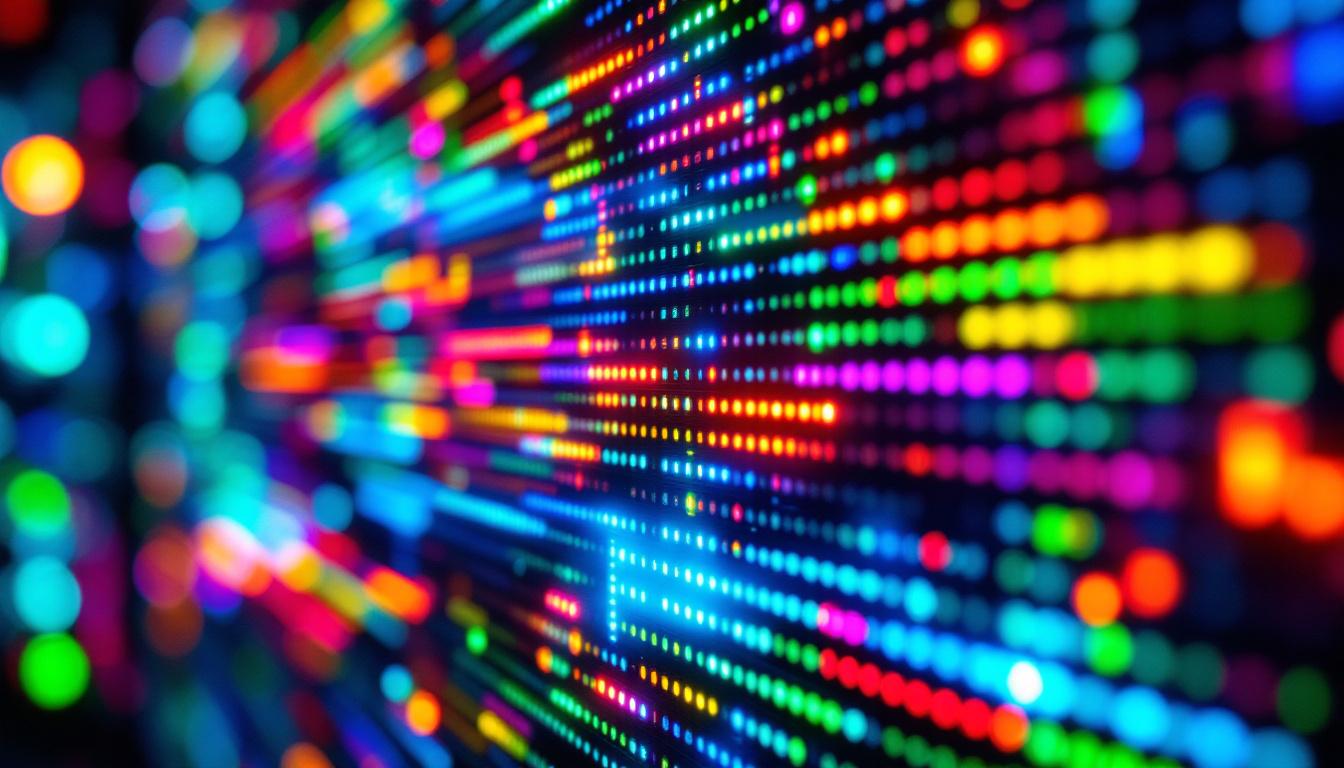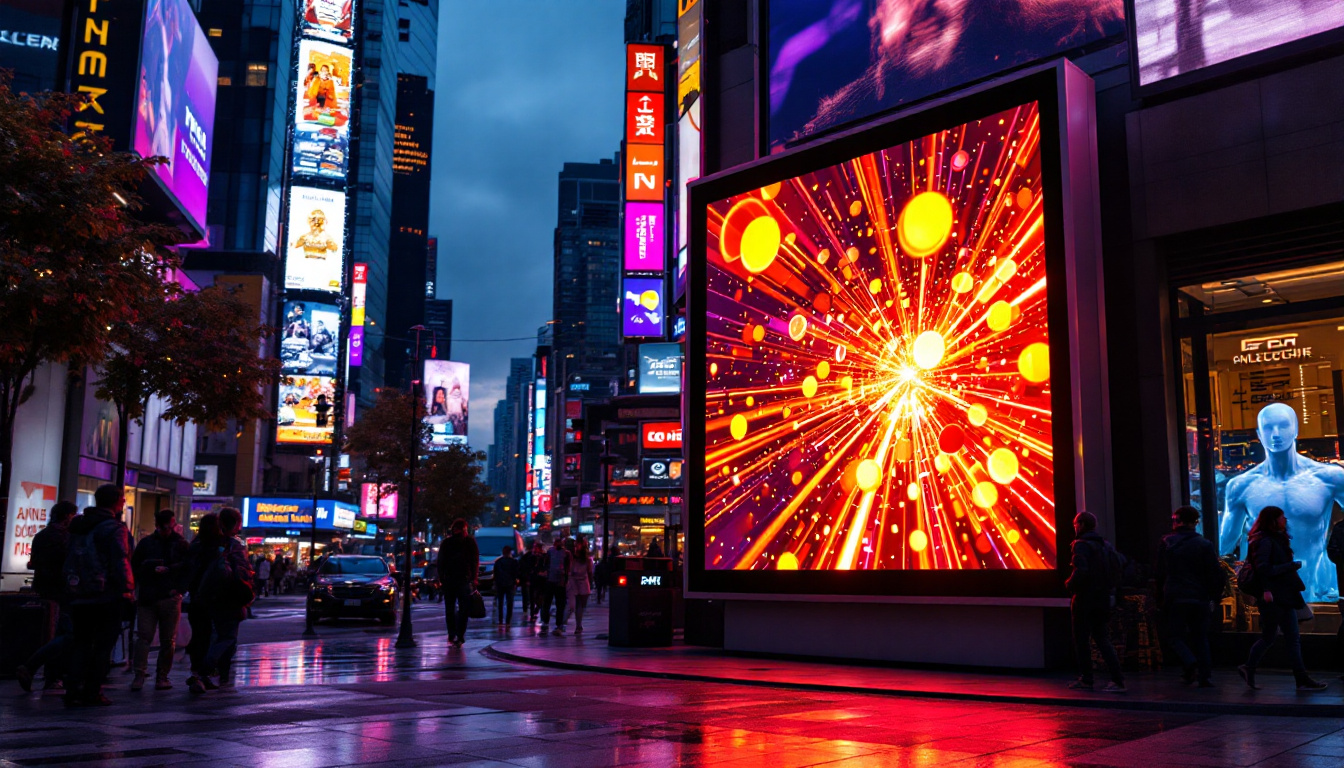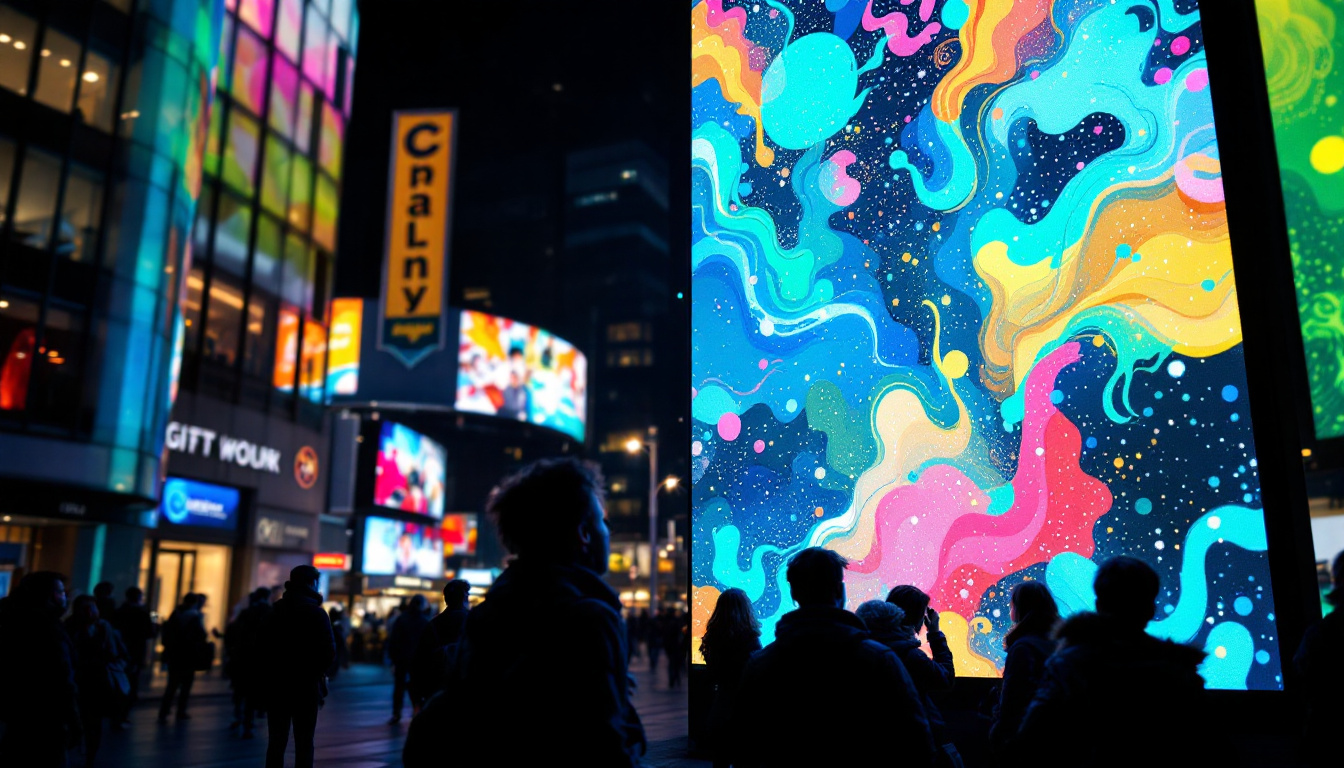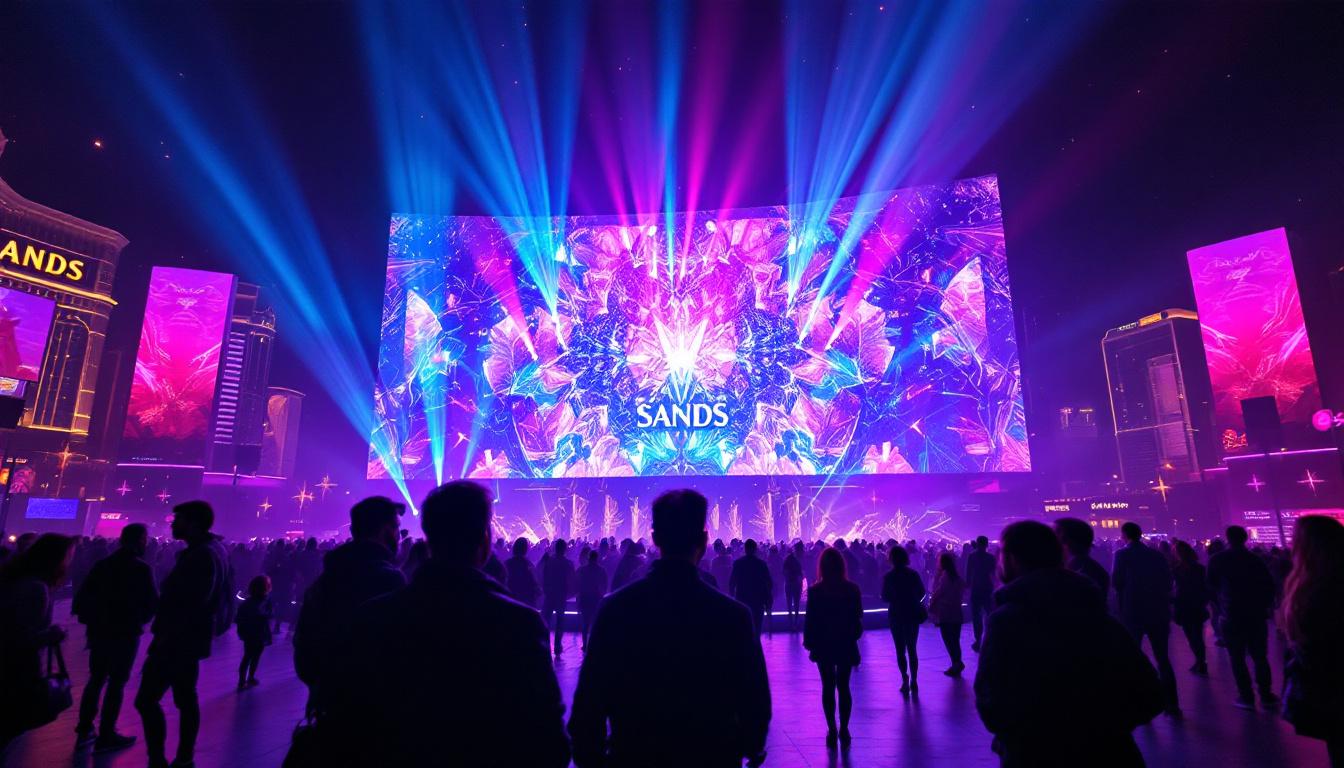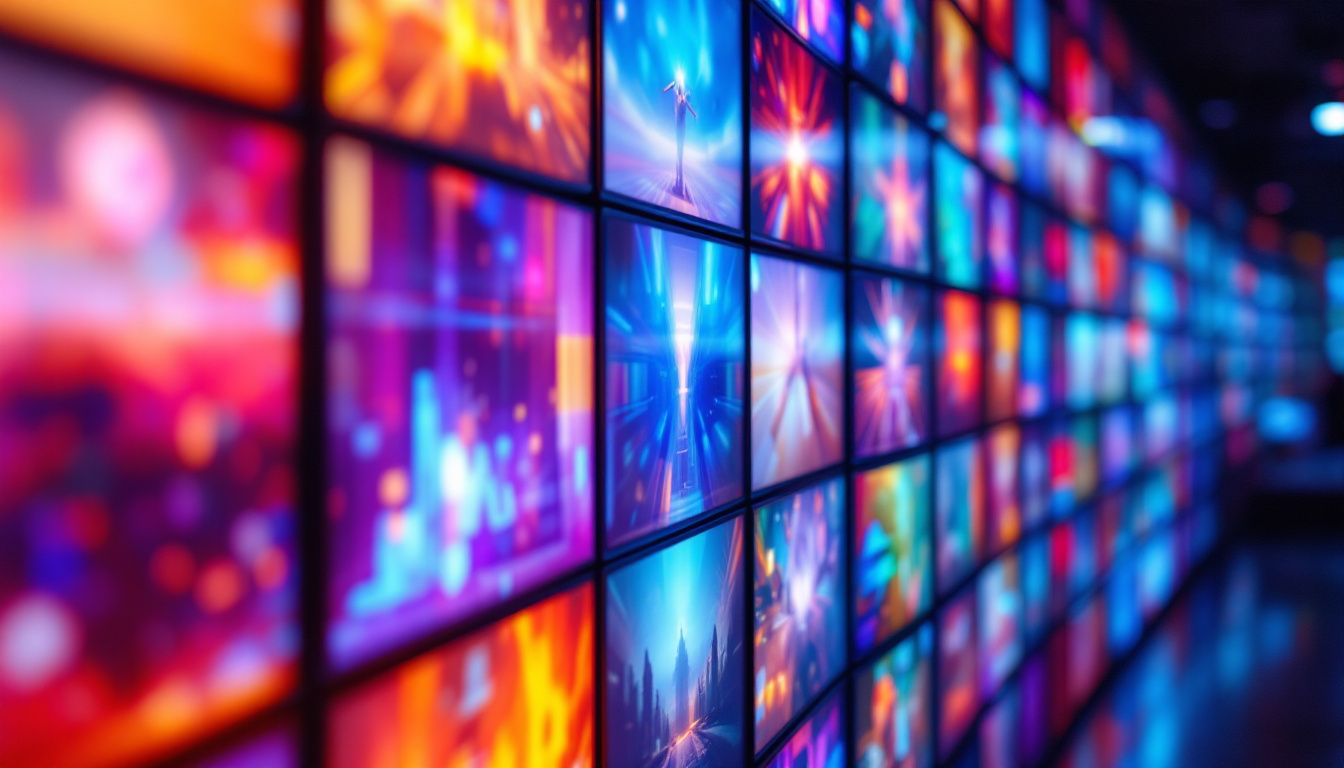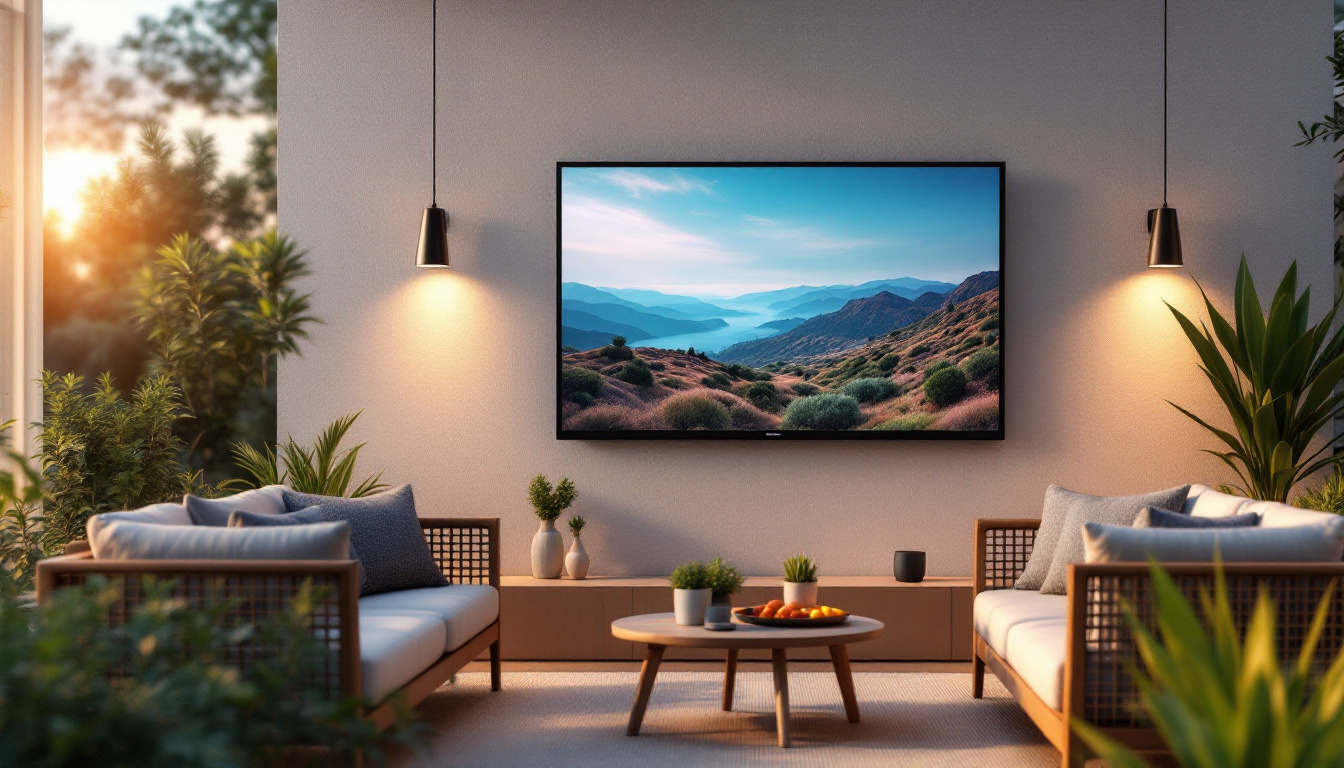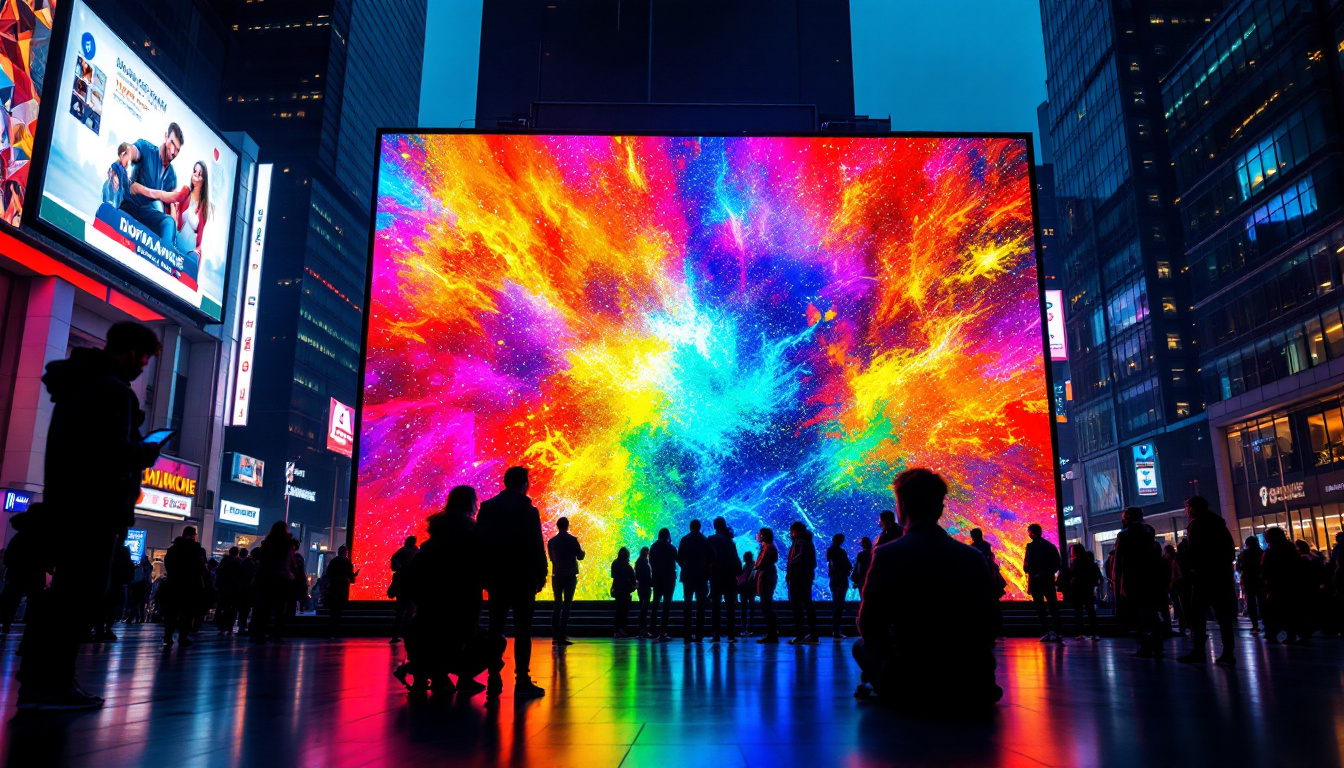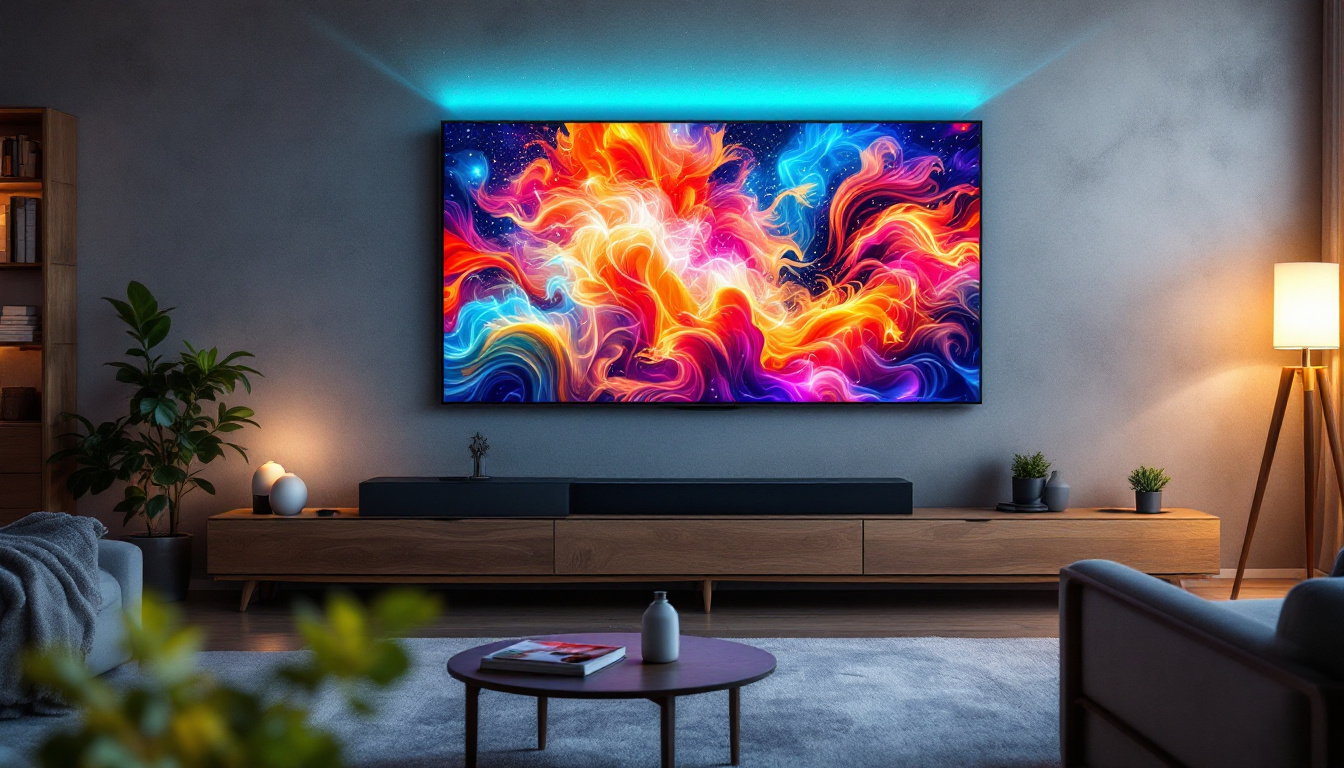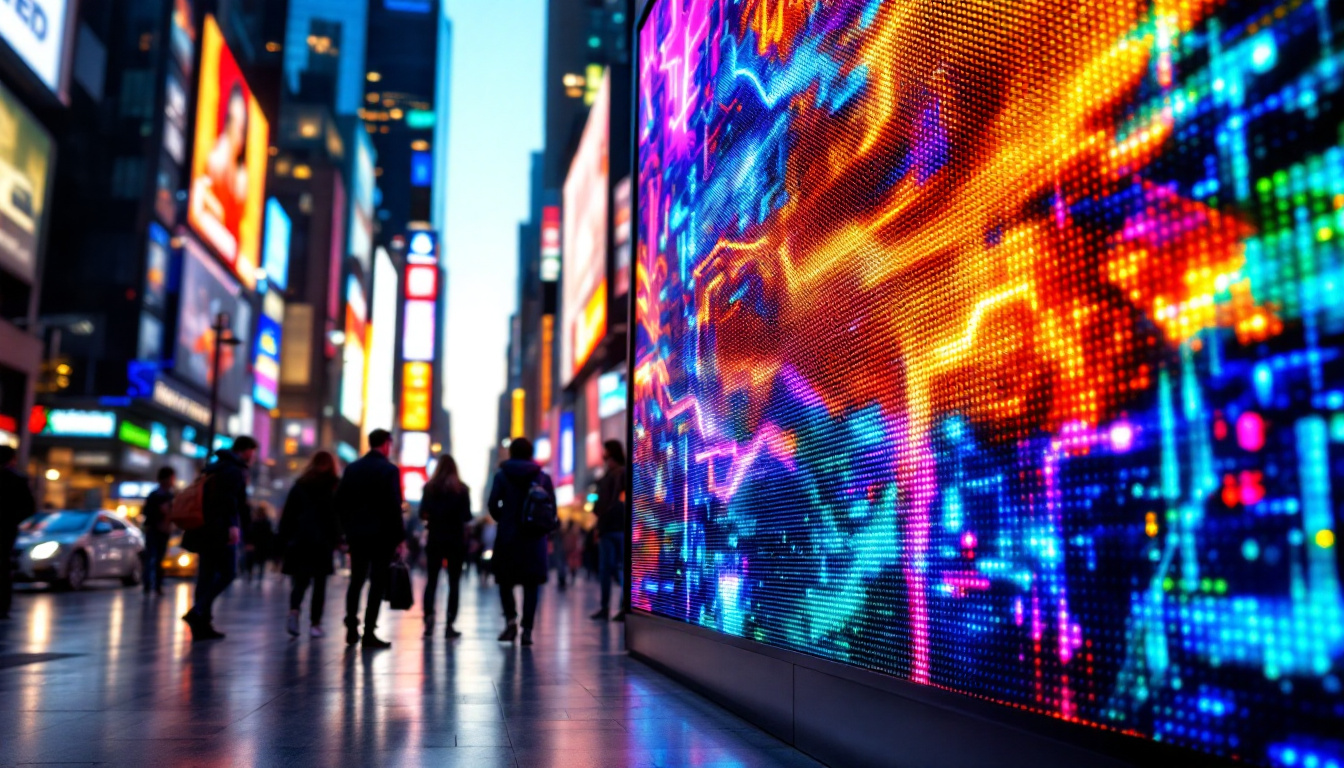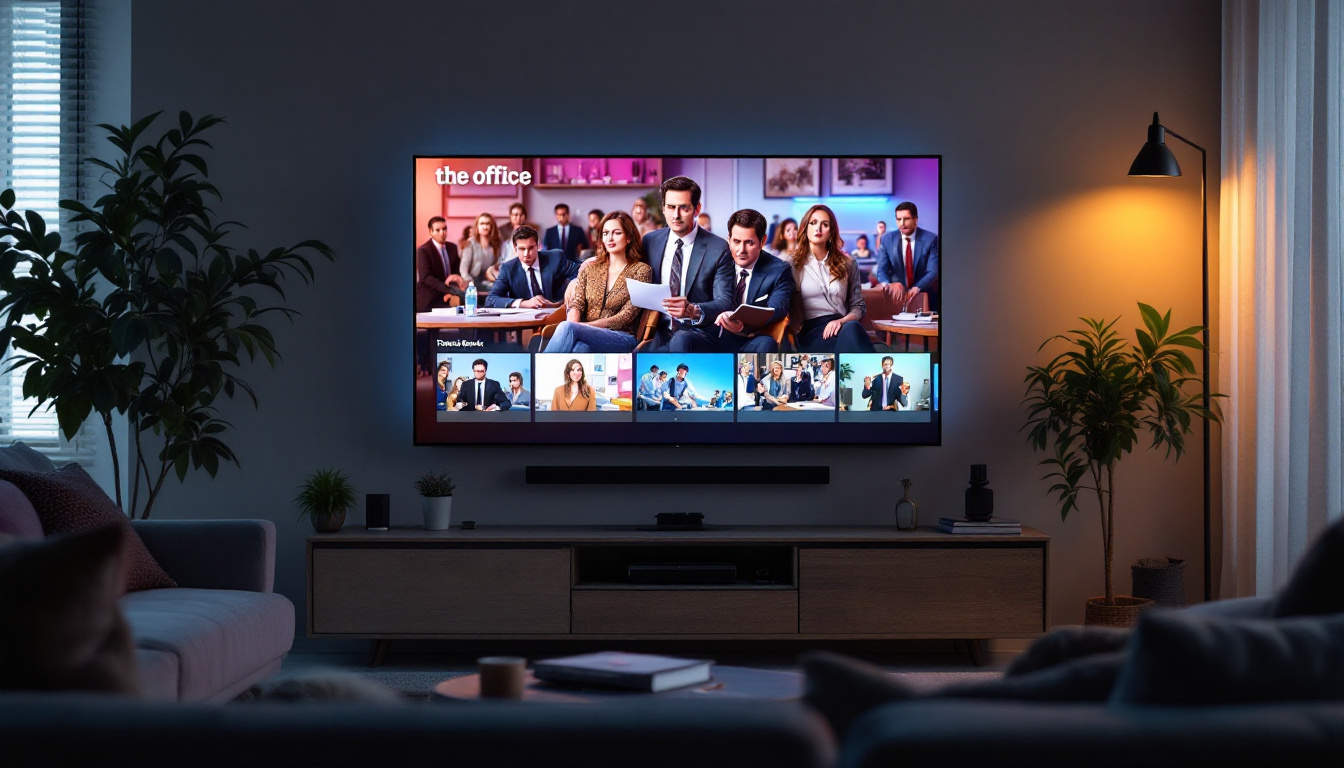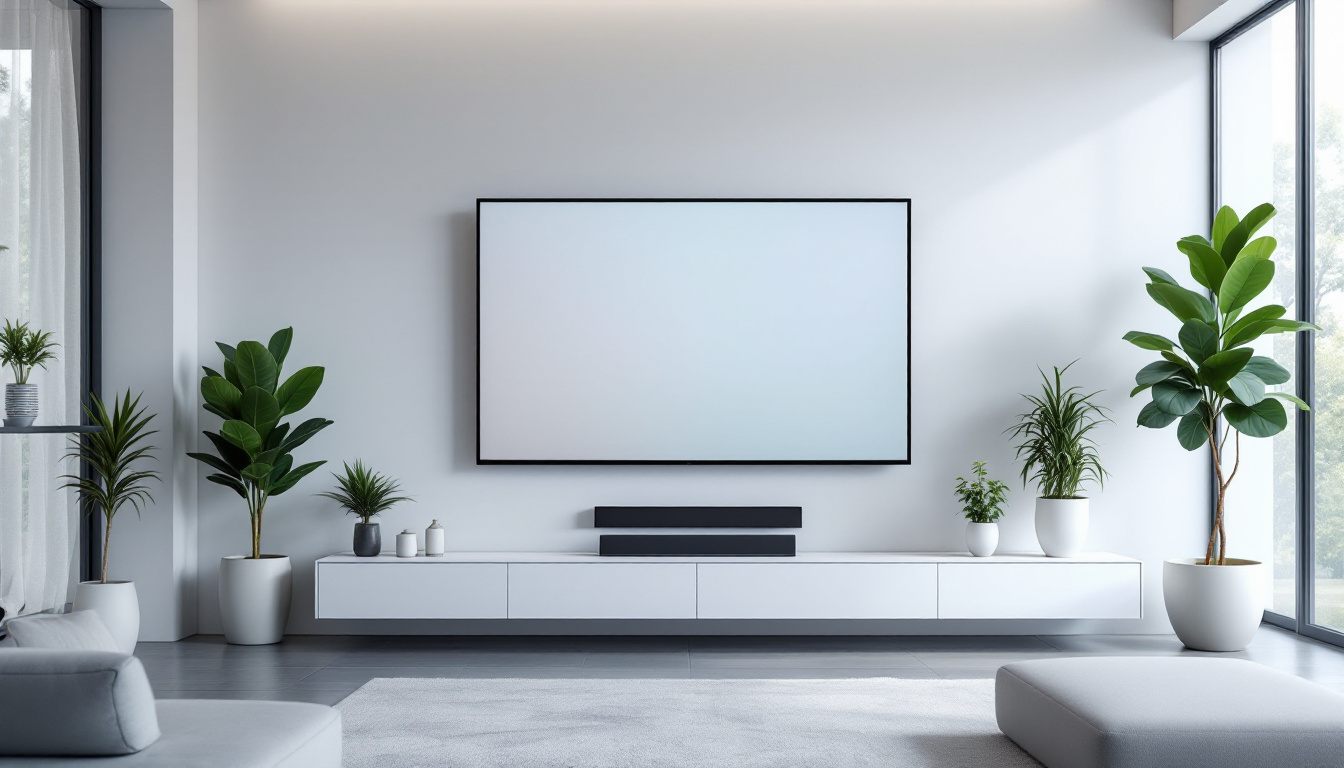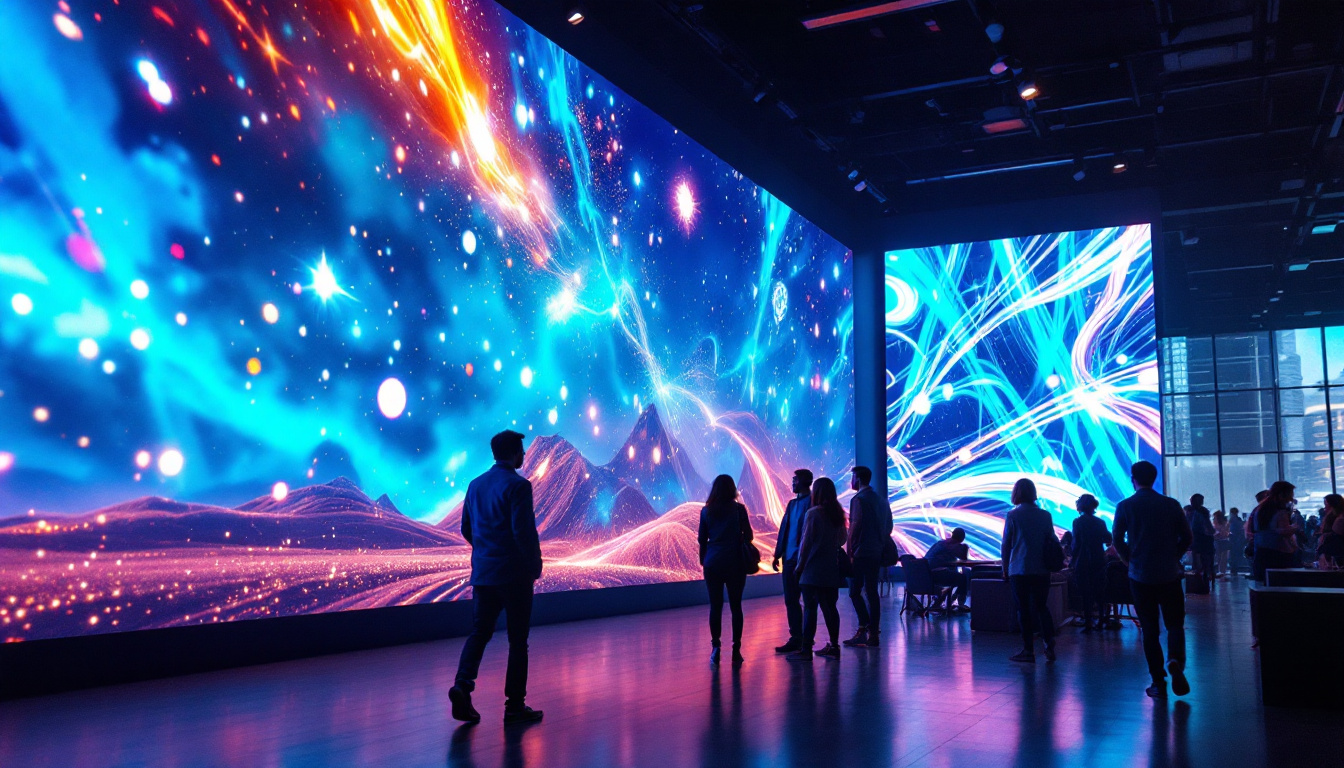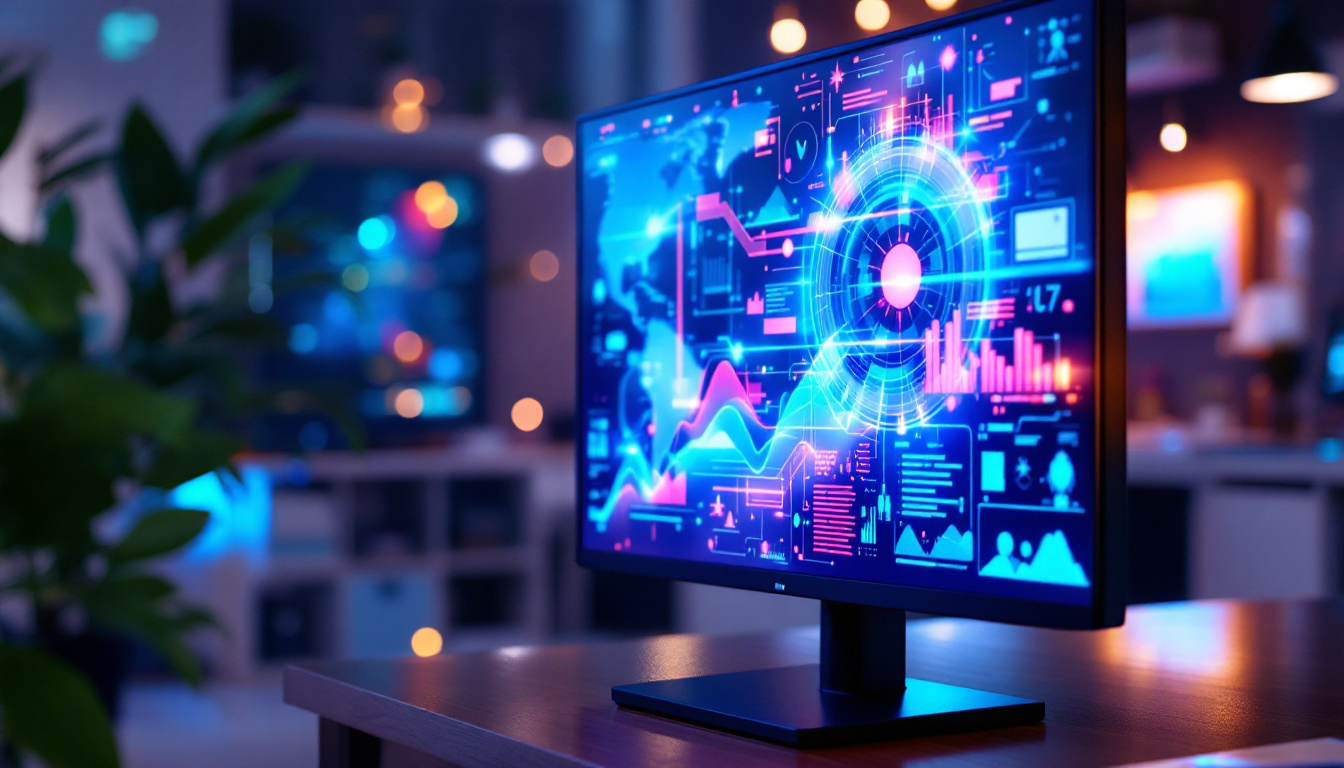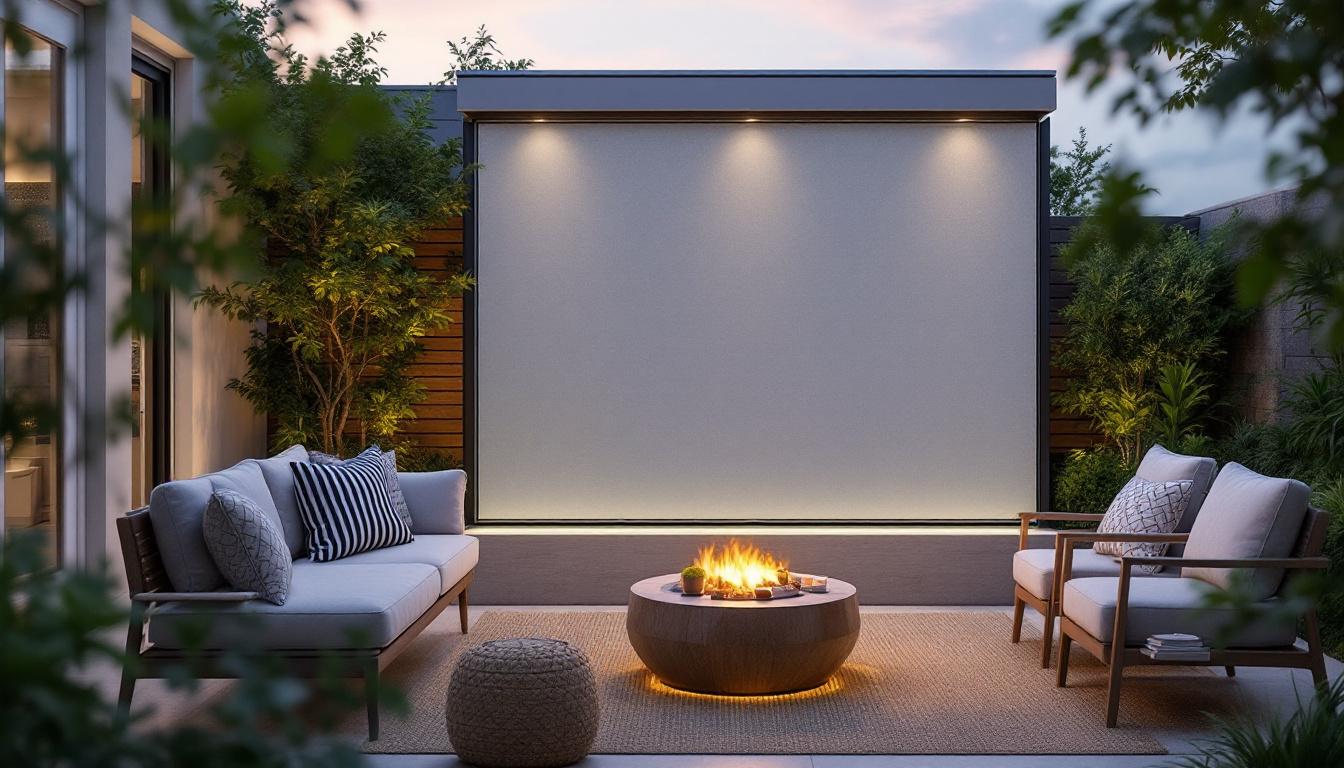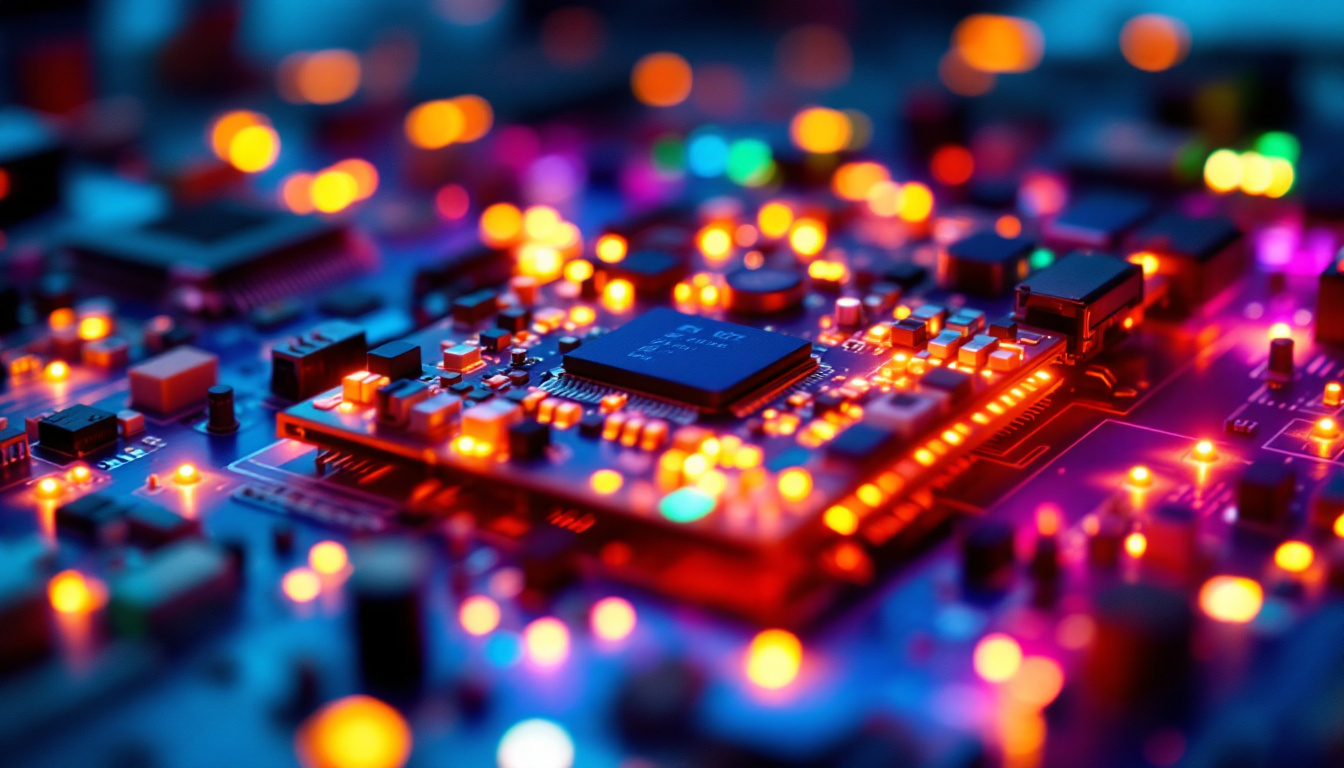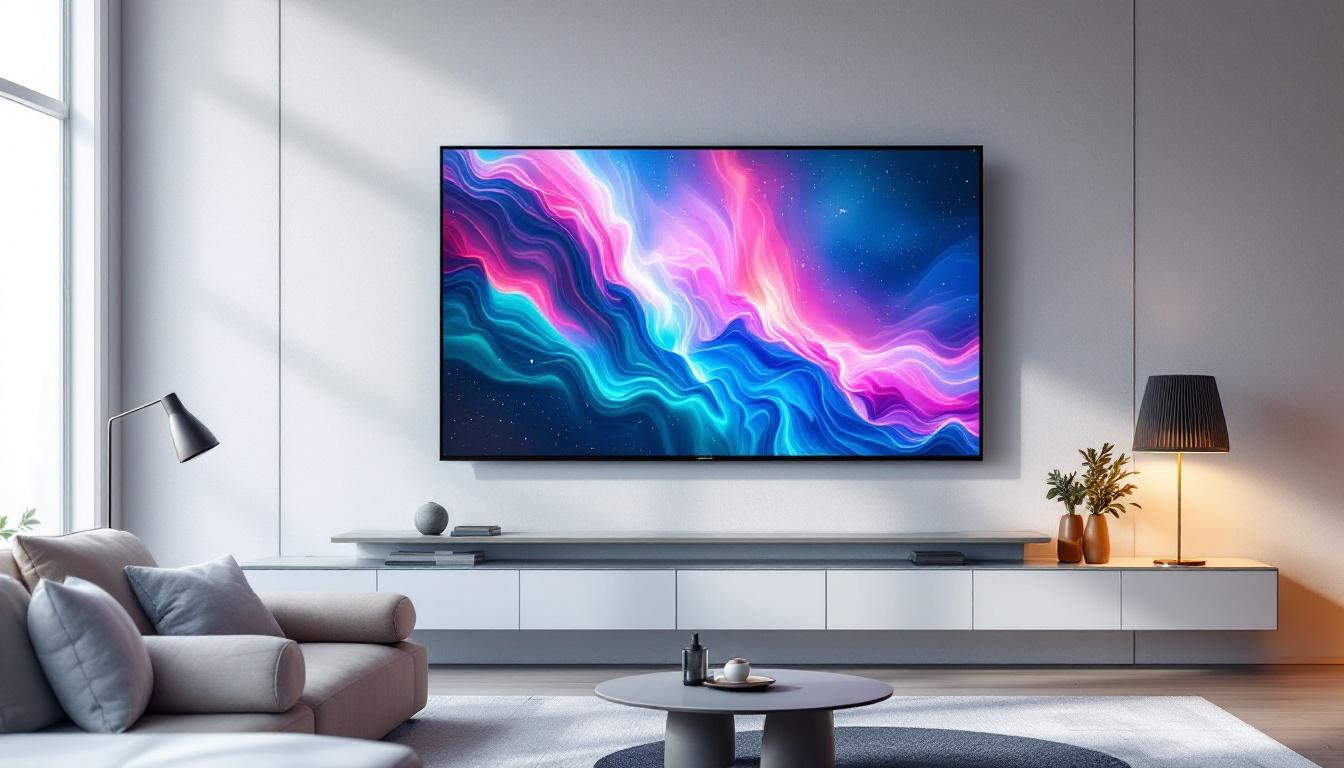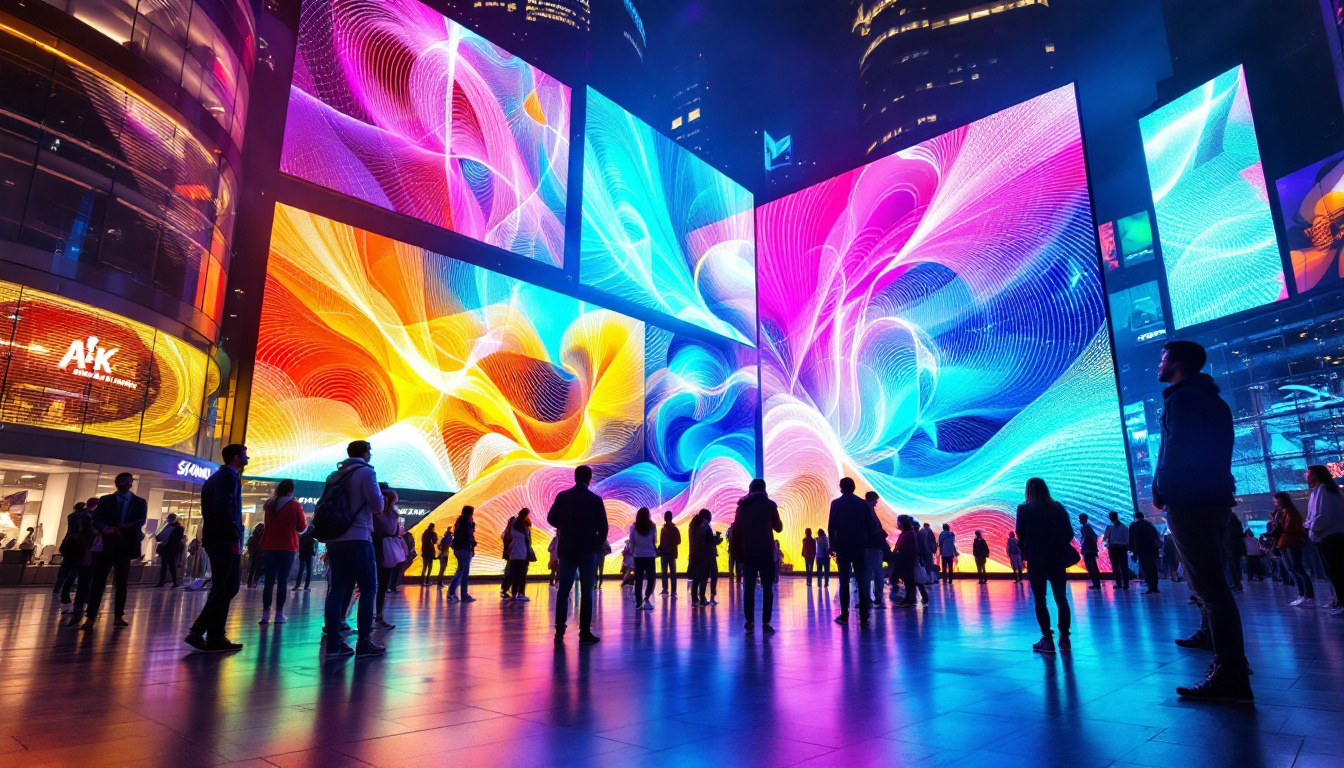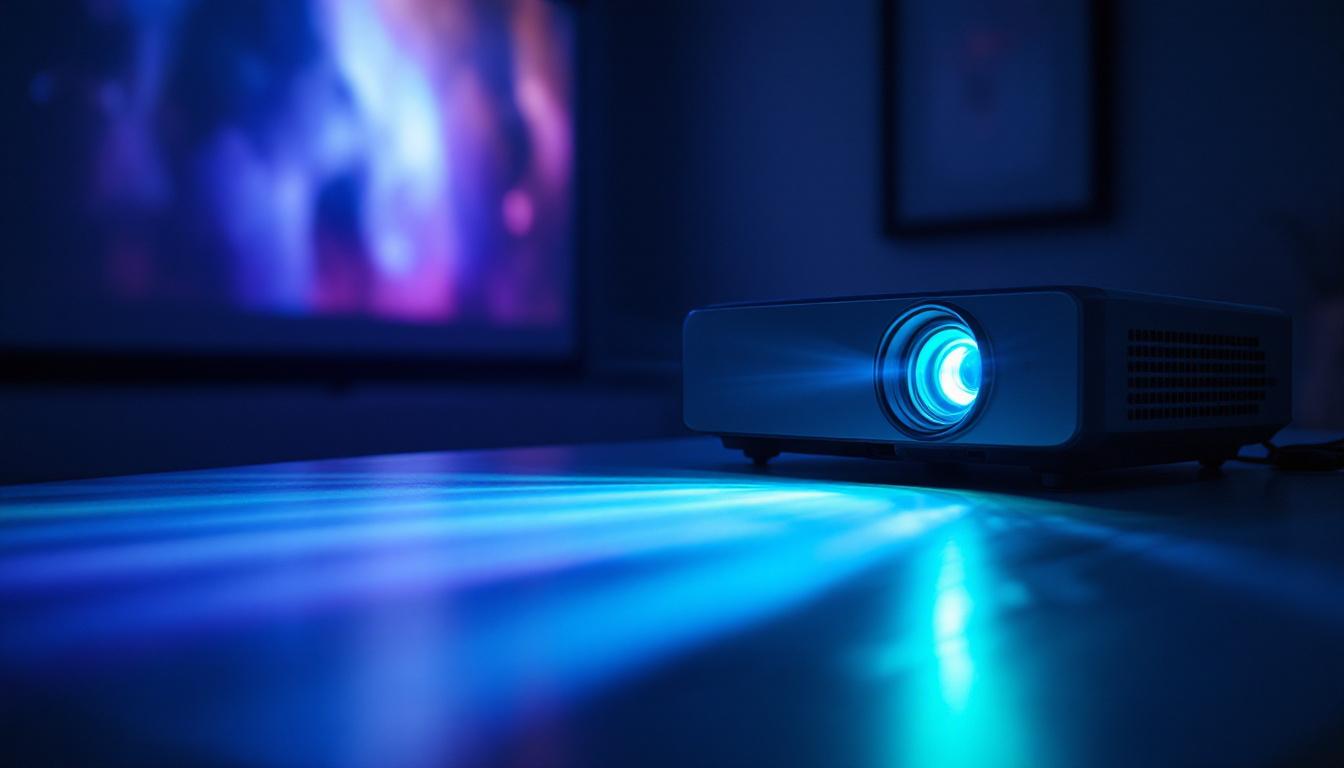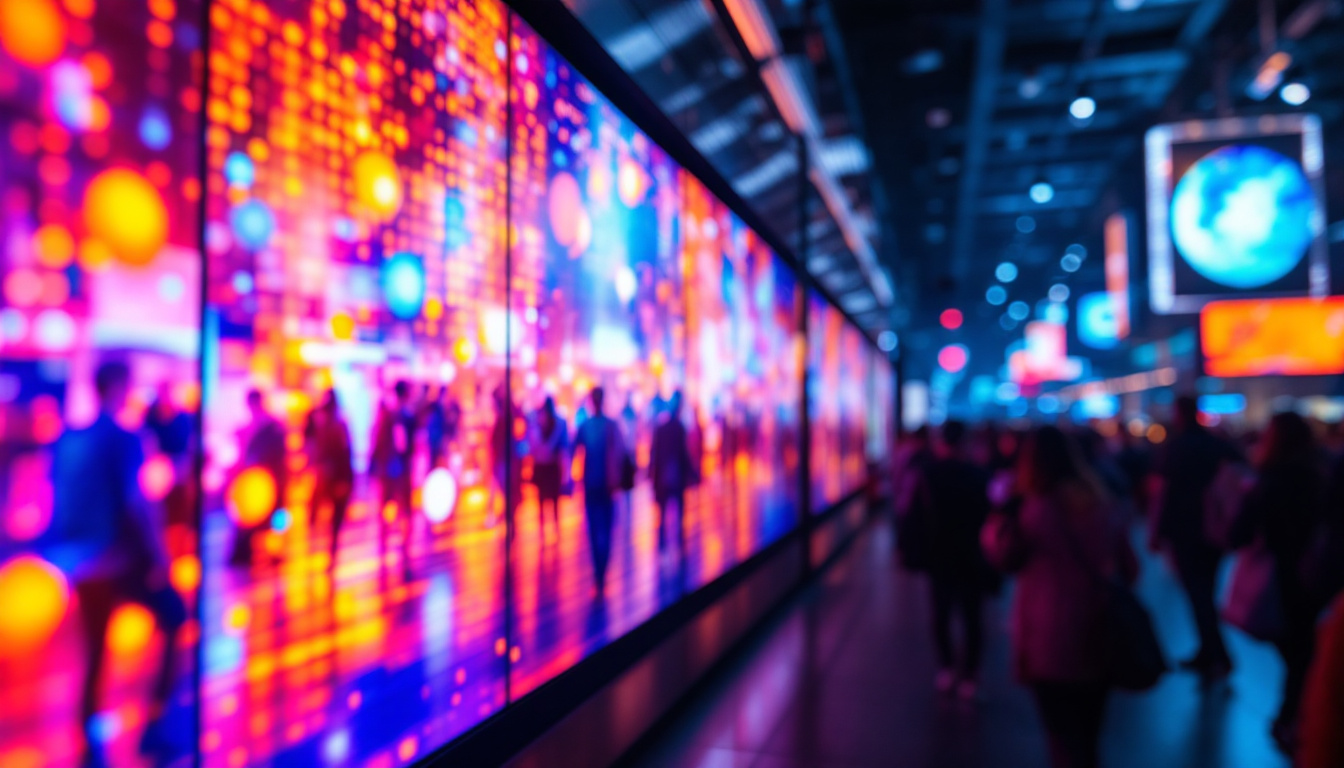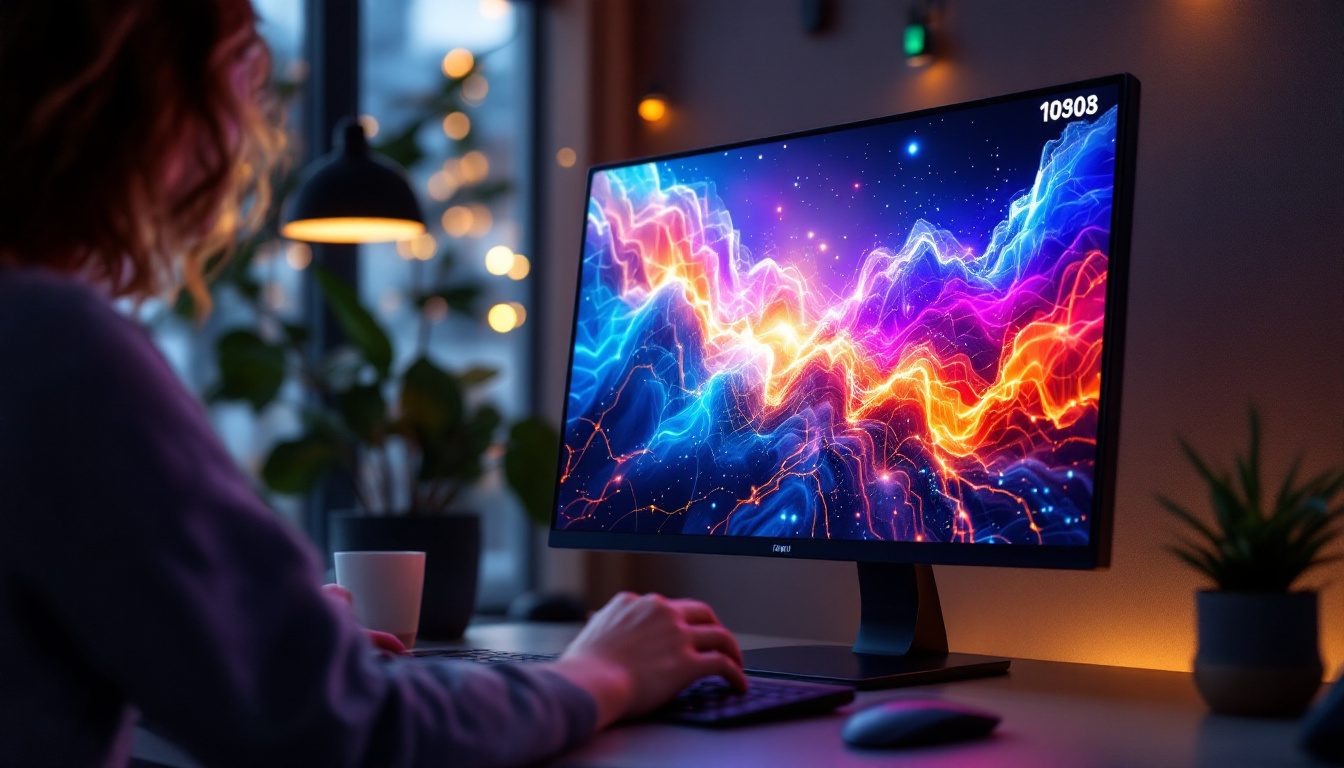In the world of digital displays, understanding video resolution is crucial for achieving optimal visual performance. LED displays, in particular, have gained immense popularity due to their vibrant colors, energy efficiency, and versatility. This article delves into the intricacies of changing video resolution on LED displays, exploring the technical aspects, benefits, and practical applications.
Understanding Video Resolution
Video resolution refers to the number of pixels displayed on the screen, which directly impacts the clarity and quality of the image. It is typically represented in terms of width x height, such as 1920×1080 (Full HD) or 3840×2160 (4K). Higher resolutions provide more detail, making them ideal for applications requiring precision, such as graphic design, gaming, and professional video editing. The pixel density, or the number of pixels per inch (PPI), also plays a critical role in how sharp an image appears on various screens, influencing the overall viewing experience.
The Importance of Resolution
The significance of video resolution cannot be overstated. A higher resolution allows for sharper images and finer details, enhancing the viewing experience. For instance, in a corporate presentation, clear visuals can convey information more effectively, while in gaming, high resolution can provide a competitive edge by revealing hidden details in the environment. Moreover, as technology advances, the expectations for video quality continue to rise, pushing content creators to adopt higher resolutions to meet audience demands. This shift not only improves visual storytelling but also enhances the emotional impact of the content, allowing viewers to connect more deeply with what they are watching.
Common Video Resolutions
There are several standard video resolutions commonly used today. These include:
- 720p (HD): 1280×720 pixels
- 1080p (Full HD): 1920×1080 pixels
- 1440p (Quad HD): 2560×1440 pixels
- 4K (Ultra HD): 3840×2160 pixels
- 8K: 7680×4320 pixels
Each of these resolutions serves different purposes, with higher resolutions typically being used for more demanding applications. For example, 4K resolution has become increasingly popular for streaming services and high-end televisions, offering viewers an immersive experience with stunning detail. Meanwhile, 8K resolution, although still emerging, is making waves in the film industry, promising to redefine cinematic experiences with its unparalleled clarity. As more content becomes available in these higher resolutions, consumers are likely to invest in compatible devices, further driving the trend toward higher quality video playback.
LED Displays: A Brief Overview
Light Emitting Diode (LED) displays are a type of flat panel display that utilizes LEDs as a light source. They are widely used in various settings, from televisions and computer monitors to large-scale outdoor advertising screens. The technology behind LED displays allows for vibrant colors, high brightness, and excellent energy efficiency. In recent years, the popularity of LED displays has surged, driven by advancements in technology and a growing demand for high-quality visual experiences. As a result, LED displays have become a staple in both consumer electronics and commercial applications, revolutionizing the way we view media.
Types of LED Displays
LED displays come in various types, each suited for specific applications:
- Direct View LED: Ideal for large outdoor displays, these screens are made up of individual LED modules that create a seamless image. Their modular design allows for flexibility in size and shape, making them perfect for stadiums, concert venues, and billboards.
- LED-backlit LCD: These displays use LEDs to illuminate an LCD panel, providing better contrast and color accuracy compared to traditional LCDs. This technology is commonly found in modern televisions and monitors, enhancing the viewing experience with deeper blacks and brighter whites.
- MicroLED: A newer technology that offers even greater efficiency and color accuracy, MicroLED displays are still emerging in the market. With the potential for self-emissive pixels, MicroLEDs promise to deliver stunning picture quality and are being hailed as the next big leap in display technology.
Advantages of LED Displays
LED displays offer numerous advantages over traditional display technologies. They are known for their:
- Energy Efficiency: LED displays consume less power, making them cost-effective in the long run. This efficiency is particularly beneficial for large installations, where energy savings can translate into significant financial benefits over time.
- Brightness: They can achieve higher brightness levels, making them suitable for use in various lighting conditions. This characteristic is essential for outdoor displays, where sunlight can wash out images on lesser screens.
- Longevity: LED technology typically has a longer lifespan compared to other display types. Many LED displays can last over 50,000 hours, reducing the need for frequent replacements and maintenance.
In addition to these advantages, LED displays also offer superior viewing angles, ensuring that images remain clear and vibrant from various perspectives. This feature is particularly important in public spaces, where large audiences may be viewing the screen from different locations. Furthermore, the rapid response time of LED displays allows for smooth motion rendering, making them ideal for fast-paced content such as sports broadcasts or video games. As technology continues to evolve, the integration of smart features into LED displays is becoming increasingly common, allowing for interactive experiences that engage viewers in new and exciting ways.
Changing Video Resolution on LED Displays
Adjusting the video resolution on an LED display can significantly impact the visual output. The process may vary depending on the device and the operating system in use. Understanding how to change the resolution is essential for optimizing the display for different content types.
Steps to Change Resolution on Different Devices
Here are general steps to change the video resolution on various devices:
Windows PC
- Right-click on the desktop and select Display settings.
- Scroll down to the Display resolution section.
- Select the desired resolution from the dropdown menu and click Apply.
Mac
- Click on the Apple menu and select System Preferences.
- Choose Displays.
- Select the Resolution option and choose the preferred resolution.
Smart TV
- Access the settings menu using the remote control.
- Navigate to Picture settings or Display settings.
- Find the Resolution option and select the desired setting.
Considerations When Changing Resolution
When changing the resolution, several factors should be taken into account:
- Compatibility: Ensure that the content being displayed is compatible with the selected resolution to avoid distortion or pixelation.
- Aspect Ratio: Maintaining the correct aspect ratio is essential to prevent stretching or squeezing of the image.
- Performance: Higher resolutions may require more processing power, which can affect performance on lower-end devices.
Impact of Resolution on Performance
The resolution of an LED display can significantly influence its performance, particularly in high-demand scenarios such as gaming or video editing. Understanding this impact can help users make informed decisions when configuring their displays.
Gaming Performance
In gaming, resolution plays a critical role in performance. Higher resolutions can provide a more immersive experience, but they also demand more from the graphics card. A game running at 4K resolution requires significantly more processing power than one running at 1080p. This can lead to lower frame rates if the hardware is not capable of handling the increased load.
Video Editing and Production
For video editing professionals, working with high-resolution displays is essential for achieving precise results. Editing in 4K or higher allows for detailed scrutiny of footage, ensuring that every frame meets quality standards. However, it is crucial to ensure that the editing software and hardware can support the chosen resolution to avoid lag and other performance issues.
Streaming and Content Creation
Content creators must also consider resolution when streaming or producing videos. Streaming at higher resolutions can attract more viewers, but it requires a stable and fast internet connection. Additionally, creators should ensure that their equipment can handle the demands of high-resolution streaming without compromising quality.
Future Trends in LED Display Technology
The landscape of LED display technology is constantly evolving, with new advancements emerging regularly. These trends are shaping how users interact with displays and what they can expect in terms of performance and quality.
Higher Resolutions
As technology advances, higher resolutions are becoming more accessible. 8K displays are slowly entering the consumer market, offering unprecedented clarity. While content in 8K is still limited, the potential for future applications is vast, with industries such as film and gaming likely to benefit significantly.
Improved Color Accuracy
Future LED displays are expected to feature enhanced color accuracy, allowing for more vibrant and true-to-life images. This improvement will be particularly beneficial for professionals in fields such as photography, graphic design, and video production, where color fidelity is paramount.
Integration with Smart Technologies
As smart technology continues to permeate everyday life, LED displays are likely to become more integrated with smart home systems. This integration will allow for more seamless control and customization of display settings, enhancing user experience and convenience.
Conclusion
Understanding how to change video resolution on LED displays is essential for optimizing performance and achieving the best visual experience. As technology continues to advance, staying informed about the latest trends and developments will empower users to make the most of their displays. Whether for gaming, professional work, or casual viewing, the right resolution can make all the difference in how content is perceived and enjoyed.
In summary, the interplay between resolution and LED display technology is a dynamic and evolving field. By grasping the fundamentals and keeping an eye on future advancements, users can ensure they are equipped to take full advantage of the capabilities that modern displays offer.
Explore Cutting-Edge LED Display Solutions with LumenMatrix
Ready to elevate your visual experience with the latest in LED display technology? LumenMatrix is at the forefront of innovation, offering a wide range of LED display solutions tailored to meet your needs. From captivating Indoor LED Walls to dynamic Outdoor LED Displays, and from versatile Vehicle LED Displays to sleek LED Poster Displays, our products are designed to revolutionize visual communication. Discover how our LED Sports Displays, interactive Floor LED Displays, and Custom LED solutions can enhance engagement and bring your brand to life. Experience the future of digital signage with our All-in-One and Transparent LED Displays. Check out LumenMatrix LED Display Solutions today and transform the way you share your message with the world.



